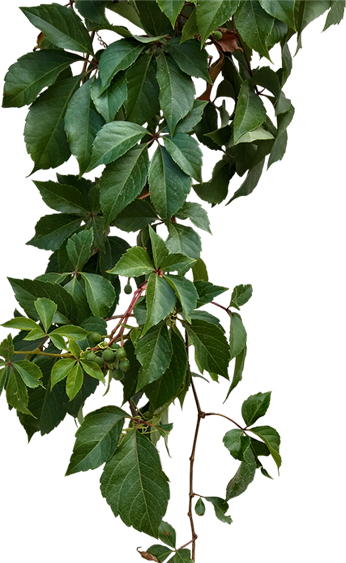
DLI to PPFD & PPFD to DLI Conversion Calculator
- Home
- How To Calculate PPFD From DLI
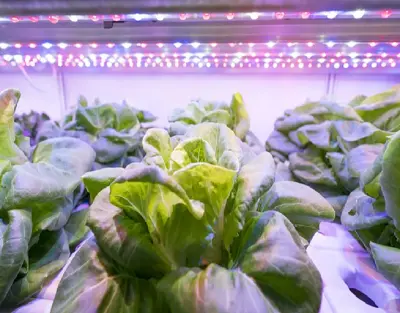
How To Calculate PPFD From DLI
How To Calculate PPFD From DLI :
Unit of DLI – mol/m²/d
Unit of PPFD – umol/m²/sec
Calculation from DLI to PPFD
If DLI 12
By Considering 16 hours photoperiod,
12 moles / 16 hr photoperiod / 60 minutes / 60 seconds = 0.000208 moles
(This gives us the amount of moles delivered per second per square meter) 0.000208 moles x 1,000,000 = 208 µmols per second per meter squared (µmol/s/m²) Then PPFD 208
How to Calculate PPFD from DLI: A Comprehensive Guide : When it comes to indoor plant cultivation, understanding light intensity is crucial for promoting healthy and vigorous growth. PPFD (Photosynthetic Photon Flux Density) and DLI (Daily Light Integral) are two essential metrics that help growers assess the amount and quality of light their plants receive. In this guide, we’ll walk you through the process of calculating PPFD from DLI to fine-tune your lighting strategy for optimal results.
What Are PPFD and DLI?- PPFD (Photosynthetic Photon Flux Density): PPFD measures the number of photons (particles of light) that fall on a specific area per unit of time, typically measured in micromoles per square meter per second (µmol/m²/s). It quantifies the intensity of light available for photosynthesis, making it a vital metric for plant growth.
DLI (Daily Light Integral): DLI represents the total amount of photosynthetically active radiation (PAR) a plant receives over the course of a day. It’s expressed in moles of light per square meter per day (mol/m²/day). DLI measures the cumulative light exposure plants receive and is a critical factor in determining growth and flowering.
Why Calculate PPFD from DLI?
While DLI provides information about the total amount of light your plants receive in a day, it doesn’t reveal the intensity or distribution of light during that period. PPFD, on the other hand, focuses on light intensity and helps you determine whether your plants are getting enough light for photosynthesis.
Calculating PPFD from DLI allows you to:
– Evaluate the effectiveness of your lighting system.
– Ensure that light reaches all parts of your plants evenly.
– Adjust lighting parameters for different growth stages.
– Identify areas with low light intensity that may need additional fixtures.
– Optimize your lighting setup for energy efficiency.
Steps to Calculate PPFD from DLI :
Step 1: Gather the Required Information
To calculate PPFD from DLI, you’ll need the following information:
1. DLI Value: This can be obtained from a light sensor or calculated based on your location and light conditions.
2. Lighting System Data: You’ll need information about your lighting system, including its wattage and the area it covers.
Step 2: Calculate PPFD
Use the following formula to calculate PPFD from DLI:
PPFD (µmol/m²/s) = DLI (mol/m²/day) / Day Length (hours)
– DLI (mol/m²/day): The Daily Light Integral you’ve measured or obtained for your location.
– Day Length (hours): The number of hours of light your plants receive in a day.
Step 3: Interpret the Result
The calculated PPFD value will tell you the average light intensity your plants receive in a given day. This information can help you assess whether your lighting system is providing adequate light for photosynthesis. Compare the calculated PPFD with recommended values for your specific plant species and growth stage.
Tips for Using PPFD and DLI :
– Different plants have different light requirements. Research the ideal PPFD and DLI ranges for your specific crops to ensure they receive the right amount of light.
– Use a light meter or sensor to measure PPFD directly for precise control of your lighting system.
– Monitor changes in PPFD and DLI over time, especially when adjusting light fixtures, to maintain optimal growth conditions.
– Consider using automated lighting systems that can adjust light intensity based on the time of day or plant growth stage.
Conclusion :
Calculating PPFD from DLI is a valuable tool for indoor gardeners and commercial growers. It allows you to assess and optimize your lighting system, ensuring that your plants receive the right amount of light to thrive. By paying attention to both PPFD and DLI, you can create ideal conditions for healthy and productive plant growth.
Related posts:
- Blog Categories
- Basic of Artificial Lighting for Plants
- Basic of grow Light
- Case Studies
- General Awareness
- Indoor Vertical Farming
- Medical Plant Research
- Online Tool
- Pitch Grow Light
- Plant Lighting Measurement
- Speed Breeding
- Supplemental Lighting
- Tissue Culture Grow Lights
- Vertical Green Wall
- LED Grow Lights
- Pharma Segment
- General
Shop Products
2Ft 9W Grow Light for Leafy Vegetables
₹350.00 – ₹650.00Price range: ₹350.00 through ₹650.00
4Ft 18W Grow Light for Saffron
₹495.00 – ₹920.00Price range: ₹495.00 through ₹920.00
Popular Products
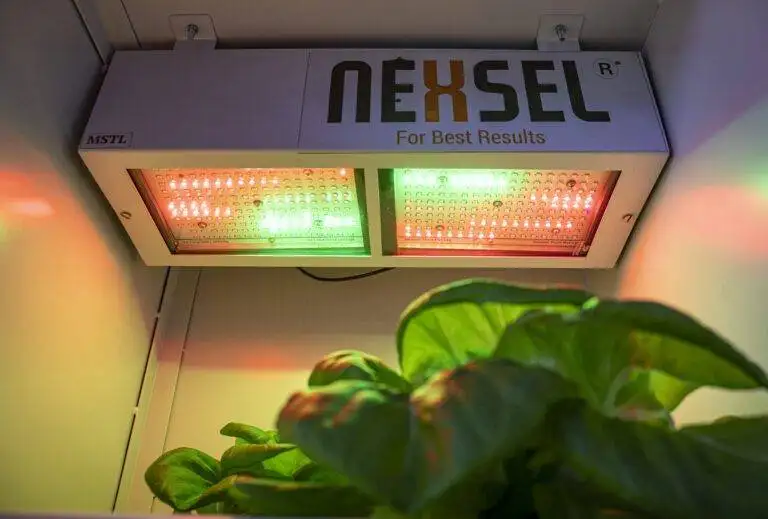
Enquire Now
Quick Link
Other Links
Design & Developed By VBTEK


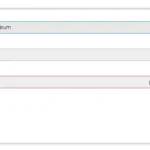
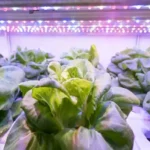
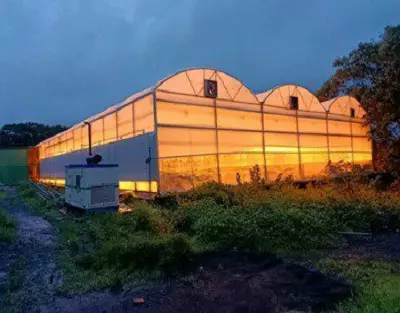
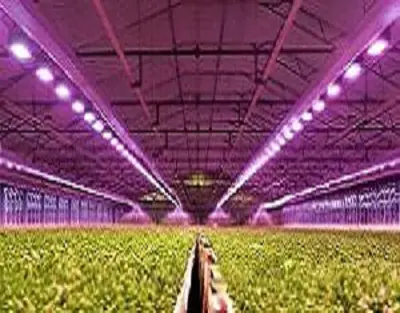
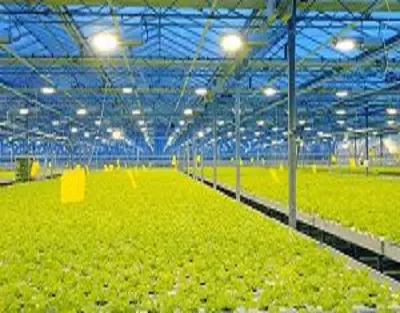
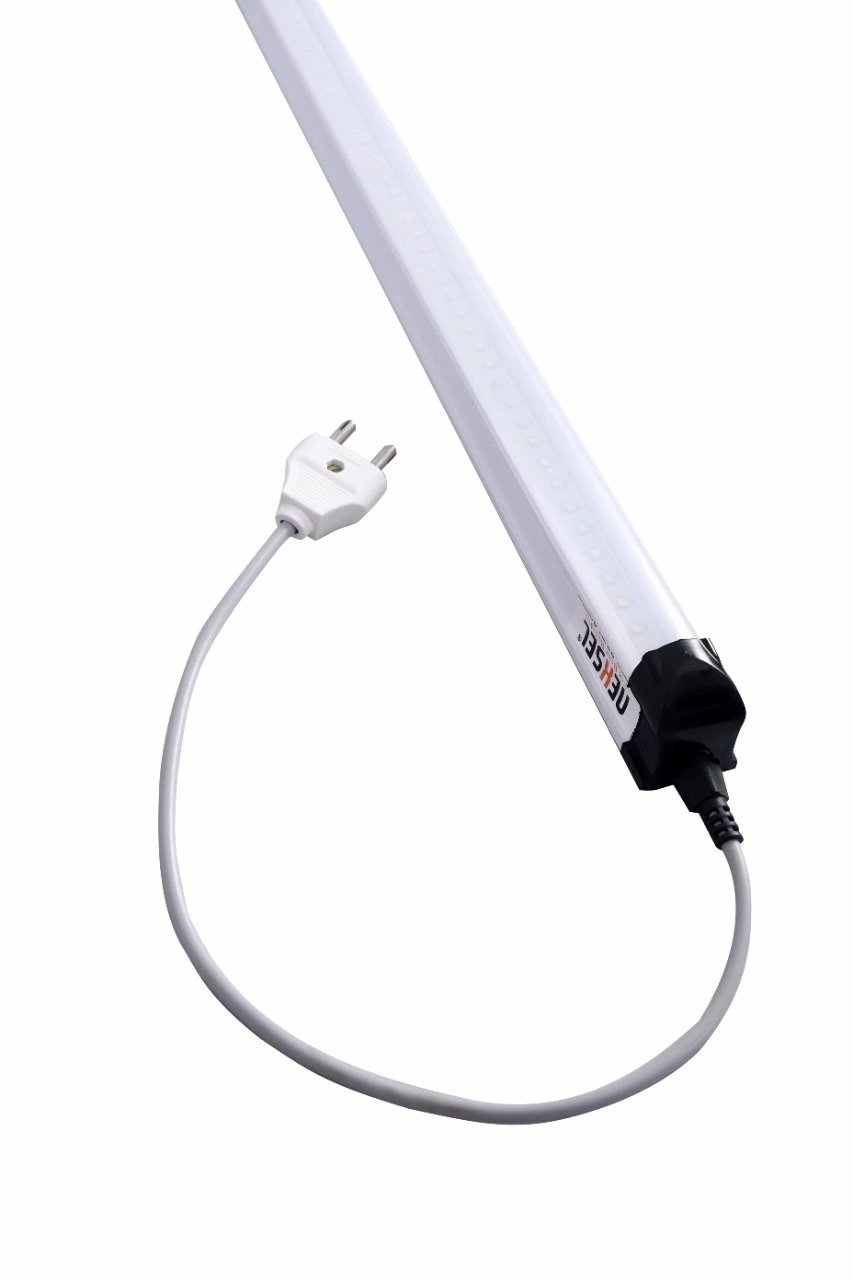
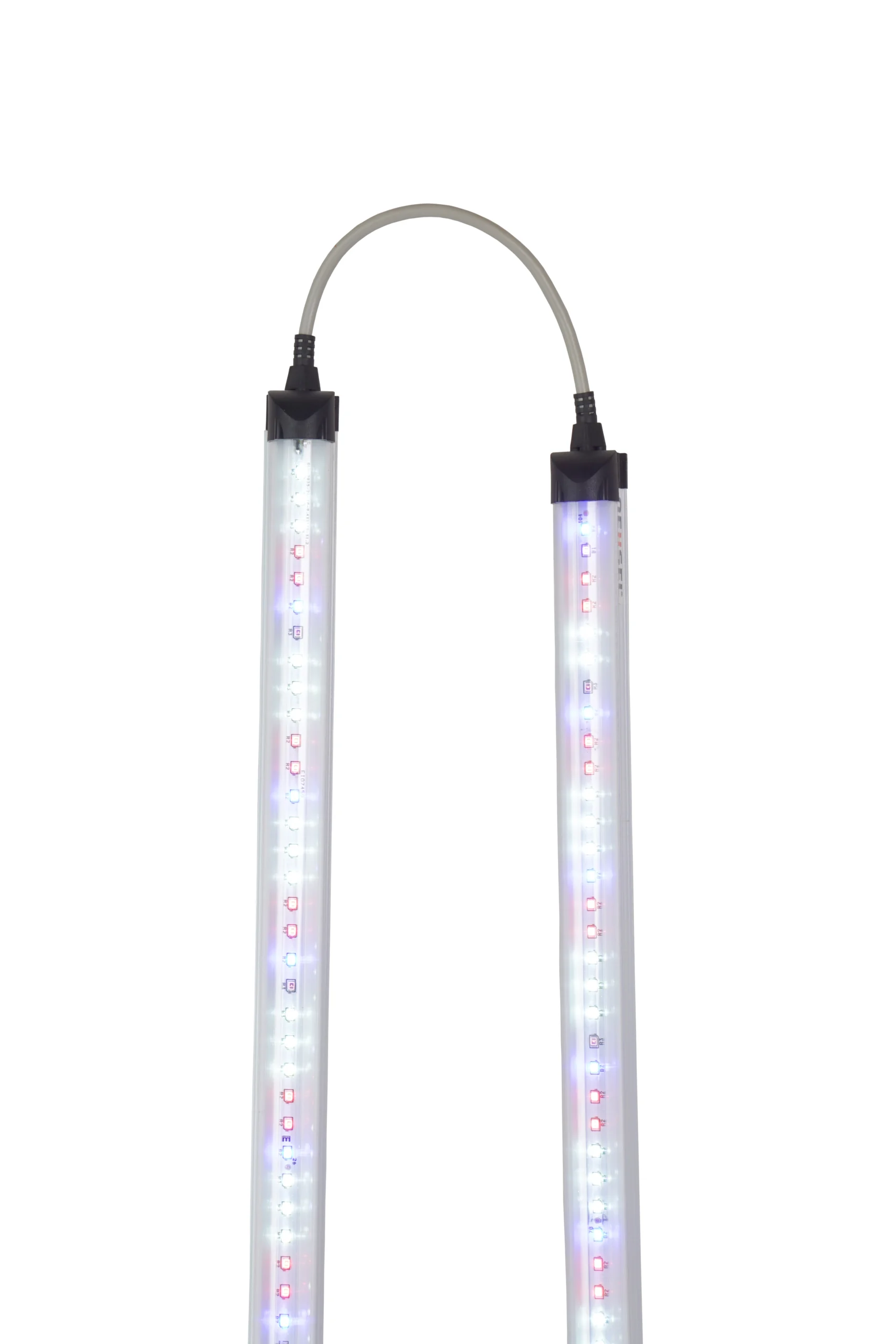
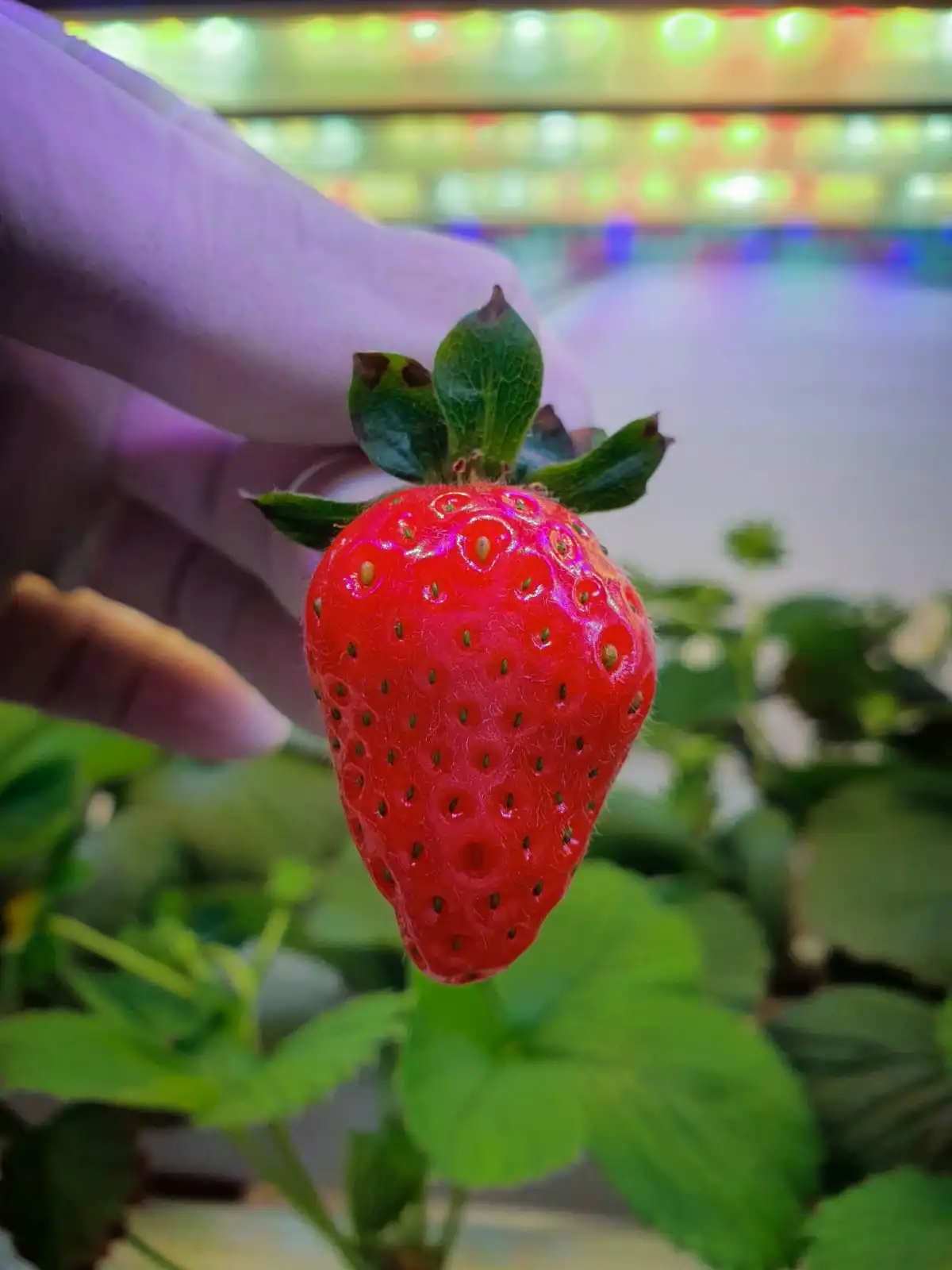

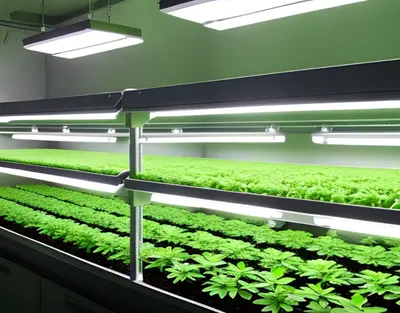
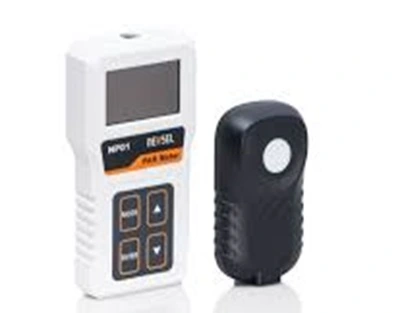
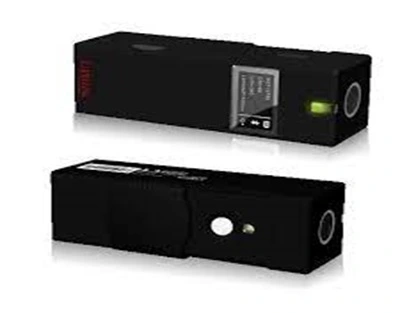
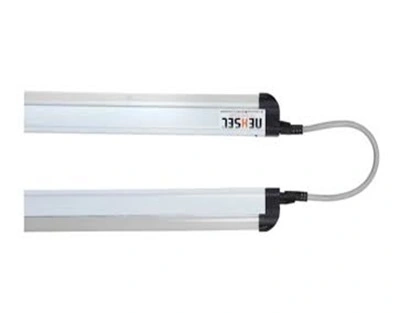
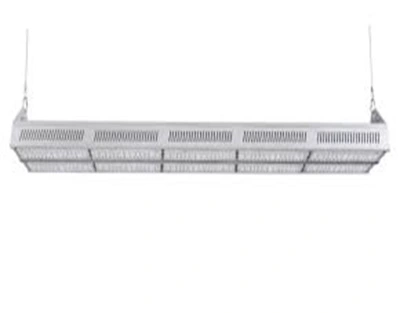
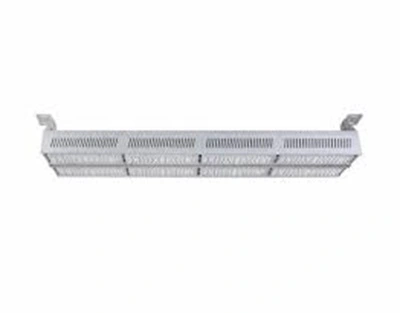
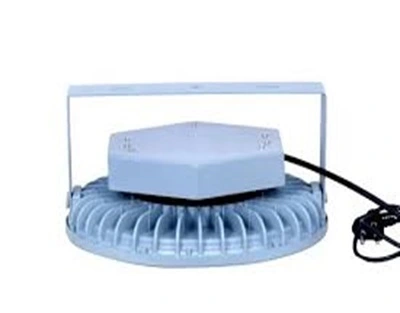

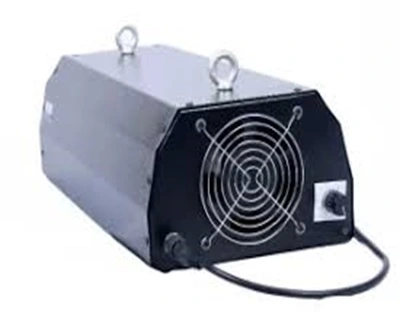
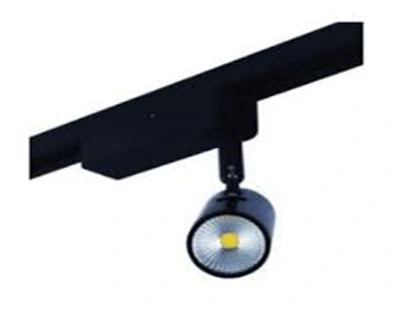
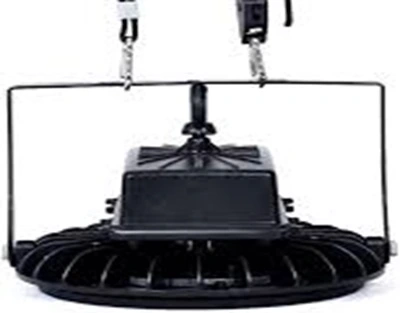
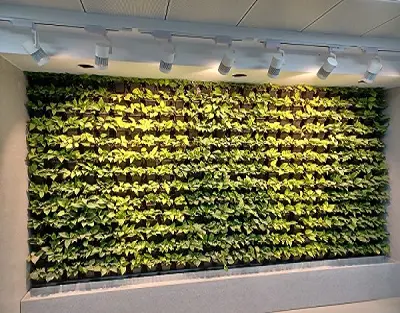
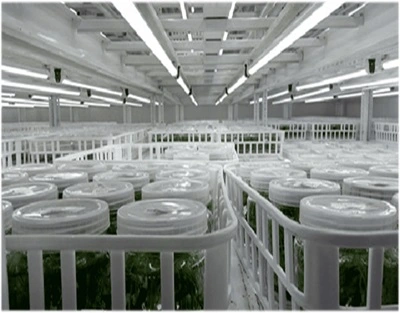
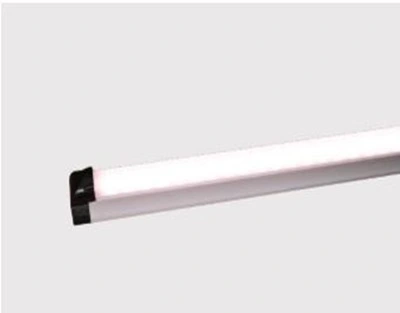
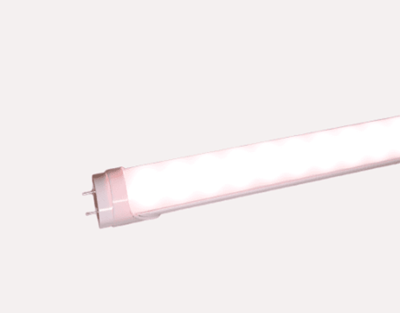
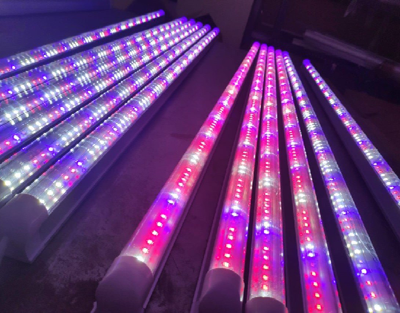
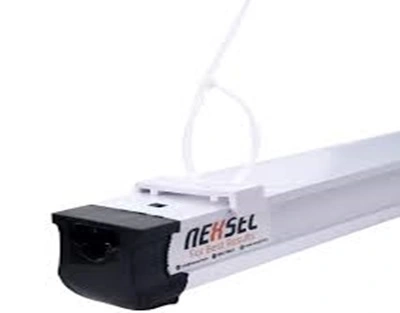
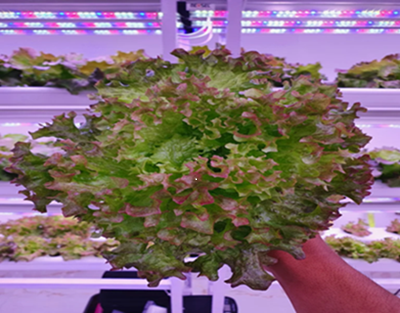
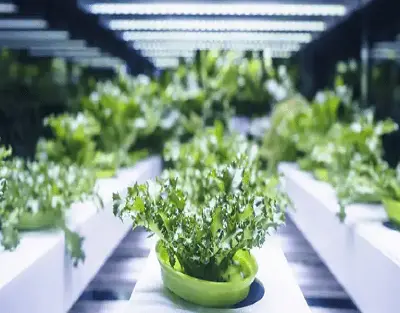
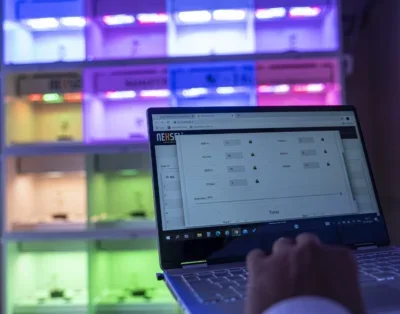


Leave A Comment